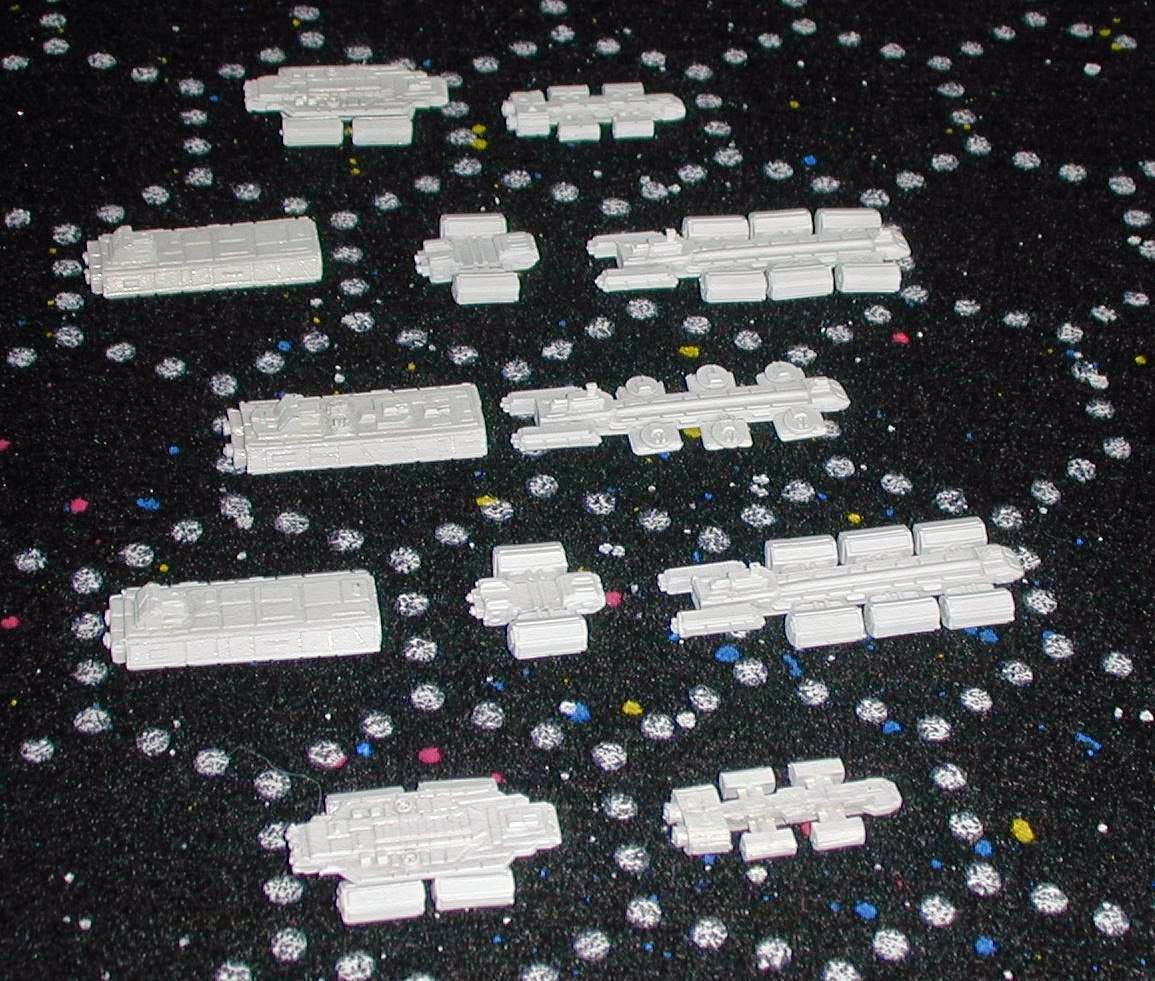Organization:
In 1801, First Consul Napoleon Bonaparte raised two squadrons of Elite Gendarmes, which included an extra large contingent of officers. There were also 2 companies of elite foot Gendarmes. In June of 1803, the Elite Gendarmes were incorporated into the Consular Guard, and passed into the Imperial Guard upon its creation in 1804. The Gendarmes numbered 632 men in total, decreasing to 467 after the foot Gendarmes were disbanded in 1806. .
The men of the Gendarmes d' Elite were recruited from the departmental police (gendarmes), and also the heavy cavalry regiments. In theory, the qualifications to enter this unit included being at least 1.76 meters tall (5'9"), a veteran of 4 campaigns, being between the ages of 25 and 40, and the ability to read and write. They were said to be highly disciplined and ruthless men.
Duties:
Their many duties included protecting Napoleon's baggage, maintaining order and security in the area of the Imperial headquarters, guarding and escorting senior officers and other important persons in the Headquarters region, escorting and interrogating prisoners, guarding trophies to be handed over to the Emperor, and guarding money, important papers and correspondence, etc. At times they formed the the escort for Napoleon and the Imperial General Staff. They also followed the Emperor on the road when he was traveling cross country in his carriage. They also attempted to suppress desertion and sometimes looting.
In peacetime, the Gendarmes d' Elite provided security for the Imperial residence and palaces, including Saint Cloud and the Tuileries. From 1800 - 1810, the Colonel of the unit was Anne Jean Marie René Savary, Duke of Rovigo, until he replaced the untrustworthy Joseph Fouché as Minister of Police.
Military Service:
Perhaps unique among the troops of the Guard, battlefield combat was not the primary role of the Gendarrmes d'Elite. This lead to the some what derisive nickname they were given by the rest of the Guard, "The Immortals"
(Les Immortels). Napoleon was not pleased by this, and starting at Friedland in 1807, a squadron was assigned to combat duties at most major battles where the Emperor was present, but the sobriquet stuck regardless. The Gendarmes d'Elite of the Imperial Guard took part in suppressing the Dos de Mayo revolt in Madrid (1808), the Battle of Medina del Rio Seco (1808), Siege of Astorga 1810, Siege of Ciudad Rodrigo (1810), Borodino (1812), The Berezina (1812), Leipzig (1813), Vauchamps (1814), Montmirail(1814), Ligny (1815), and Waterloo (1815).
Uniforms:
The uniforms of the
gendarmerie d'élite de la garde impériale were very similar to those of the Grenadiers a Cheval of the Guard. All buttons and lace, cords, etc were white, however, and the lapels were red. Their bearskin was slightly shorter than that of the Grenadiers a Cheval. A white plume was worn for Parade dress, otherwise red. The Elite Gendarmes were mounted on large black horses.
Here's my new, small, six figure unit of Gendarmes d'Elite of the Imperial Guard. The officer's uniform and horse furniture has silver where the men have white, and his aigulette is on his right shoulder instead of on the left like those of the enlisted men.
These Connoisseur figures are the only ones I know of currently available in the 28mm scale (I think this line was originally sold as 30mm back in the day). Perry is supposed to be releasing some Elite Gendarmes soon, as are Gringo 40's (in the 1815 helmet) but this unit is needed for the battle of Montmirail, to be run at Historicon in just 5 weeks, so I couldn't wait for those! The slung overcoats were routine practice to give some extra protection against sword cuts, but they partially obscure the glorious red lapels on all but the officer casting.
I went for a fairly "yellow" color for the breeches and waistcoats; they are depicted anywhere from light tan to rather bold yellow in color in various illustrations.
The Trumpeter rides the usual white horse. I did the trumpeter (just a paint conversion of a trooper) in the light blue uniform with crimson facings trimmed in silver, based on the results of the
small poll I did here on the blog last month. As usual, there are many minor variations depicted in the uniforms of the trumpeters!
Here are the Gendarmes d'Elite brigaded with my 12 figure strong Foundry Grenadiers a Cheval, showing some of the similarities and differences in their uniforms...
as well as the difference in size, which is most noticeable with the horses. And now, off to Montmirail.
Vive l'Empereur !
Plate of the pre 1809 Trumpeter's uniform in "reversed colors" (more or less). This and the following image are from the
French National Library.
Plate of the uniform of the Band director for the Gendarmes d'Elite; similar to that of the trumpeters, but a bit more elaborate, especially the horse furniture.

Some French re-enactors portraying the Gendarmes d'Elite of the Guard. Many more inspiring
pictures on their site. Note the rather deep yellow color of the pants and waistcoats!
























































